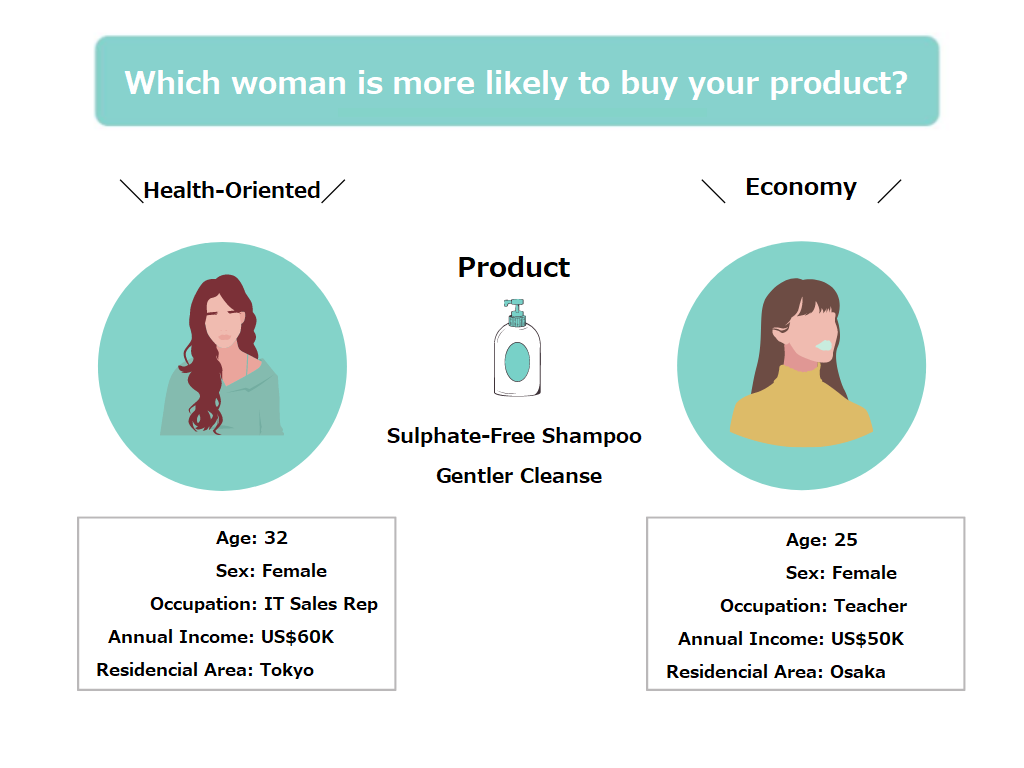How to Obtain Psychographic Data for Market Research:
A Comprehensive Guide
2022/09/22

Image by Mohamed Hassan on Pixabay
How to Get Psychographic Data for Market Research Purposes
Some of the most important customer information that you can collect when doing a market research survey is psychographic data. But how do you get psychographic data in the first place?
Why do you need psychographic data?
Psychographic data plays a significant role in building a good target customer profile. It can be said that while demographic data builds the foundation of your customer profile, psychographic data is the structure of the building itself—leaving it out means your customer profile would end up collapsing on itself.
Imagine that you’re a business that is selling sulphate-free shampoos. You know that you’re selling it to working women between the ages of 20-40, but you have no idea what kind of person would be interested in your product. Would a person who frequently changes hair colours be interested in your product? Or a person who has naturally curly hair? Are they always at the forefront of recent fashion? Or are they the type of people to sew their own clothes?

If you have psychographic data, you can narrow down your customer profile—and decide how to interest them in buying your products.
How to Find Psychographic Data
Obtaining psychographic data often means that you’ll have to add psychographic questions to any market research tools that you use.
The best market research tools to use for psychographic data collecting are the following:
- Questionnaire survey
- Data analysis
- Interviews
1. Questionnaire survey
You can get psychographic data by doing a paper-based or an online survey. Here’s an example of a psychographic question that you can ask to get this type of data:
What was the deciding factor when you bought clothes last time?
- Comfort
- Price
- Design
- Brand
The above format is a multiple-choice question, but it is also useful to get rich qualitative psychographic data by asking an open-ended question, such as “How do you usually buy a product online?”
2. Data analysis
By extracting data from marketing campaigns that your company has launched so far that have a good response rate, it may be possible to get psychographic data about customers that are compatible with your business.
For example, by analysing differences such as user reaction rates of follow / retweet campaigns on Twitter, and follow & comment campaigns on Instagram, you can get data on the type of individuals who are likely to be interested in using your products.
3. Interviews
If you mainly sell your products at physical stores, it is also useful to conduct direct interviews with customers. For example, you may be able to gather some of your customer's psychographics by asking what they were doing on the weekends and what their hobbies are.

Summary
You don’t need to engage in a large-scale effort to get the needed psychographic data for your business. Sometimes, it is just as simple as adding a question to your existing market research survey, or even analysing existing data from prior marketing campaigns. Any psychographic data that you collect and use can greatly help your business in future customer acquisition efforts.
Beginner's Guide to Successful Online Survey
 |
Using online surveys is a quick and cost-effective way to understand your target consumer and build right strategies. |

